President-elect Donald Trump said that he plans to somehow declare a national emergency and enlist the help of the U.S. military to deport millions of undocumented immigrants.
And as if on cue, Trump’s handpicked "border czar,” Tom Homan, has ramped up his attacks on the many Democrats who lead America’s deep-blue cities and have promised to do whatever they can to protect their residents. "You’re not going to stop us,” Homan fumed on Fox News. "But let me give you a word of advice: If you impede us, there’s going to be consequences.”
So far, the mayors and governors of these sanctuary cities and states have remained largely undeterred, even defiant in the face of such threats, just like they were during Trump’s first term eight years ago. "Come at me, bro” seems to be their prevailing mood. But how long can that last?



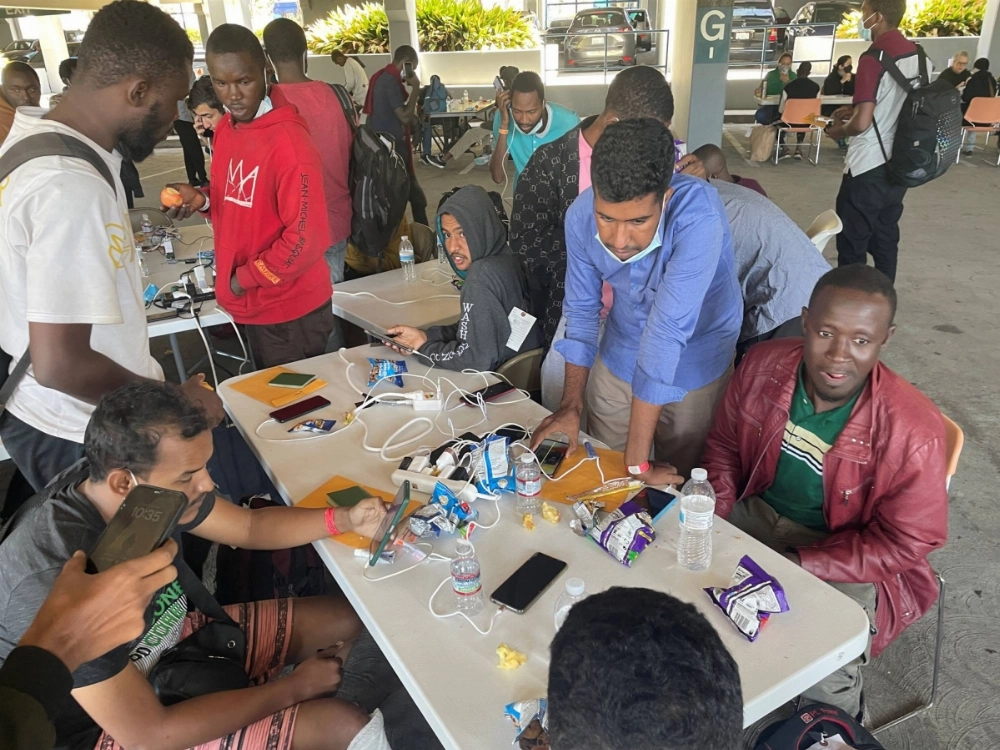
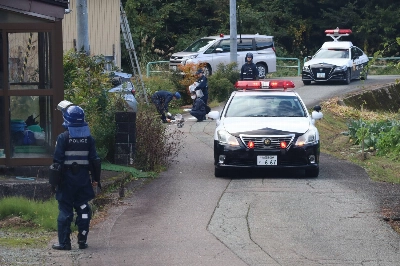


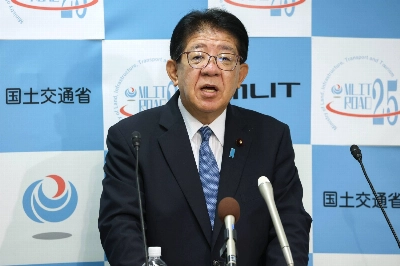
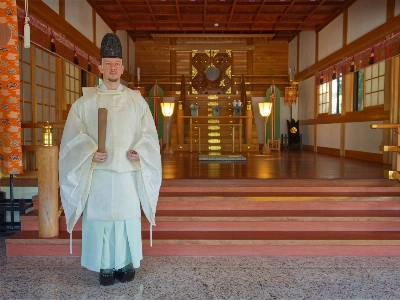


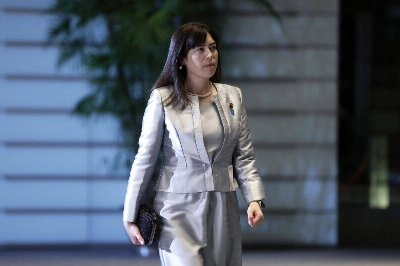
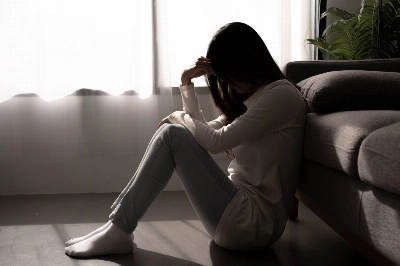



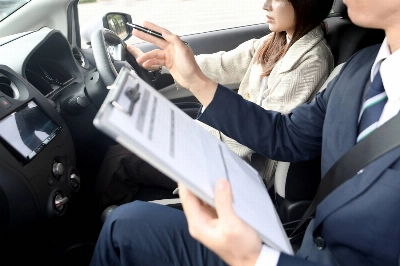


With your current subscription plan you can comment on stories. However, before writing your first comment, please create a display name in the Profile section of your subscriber account page.